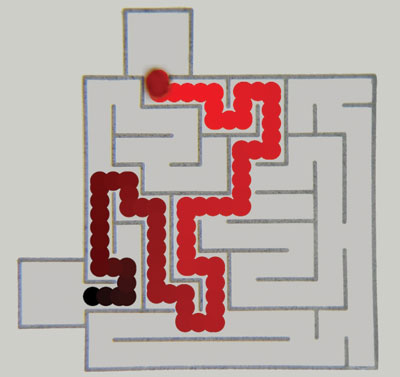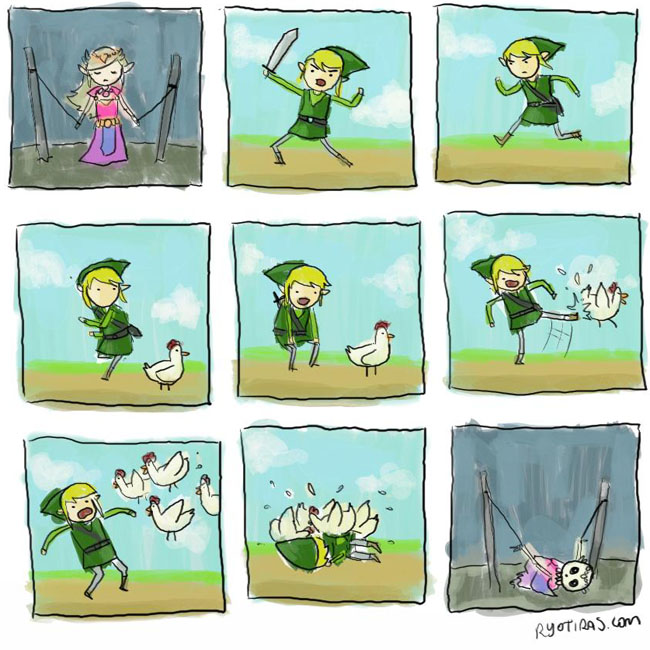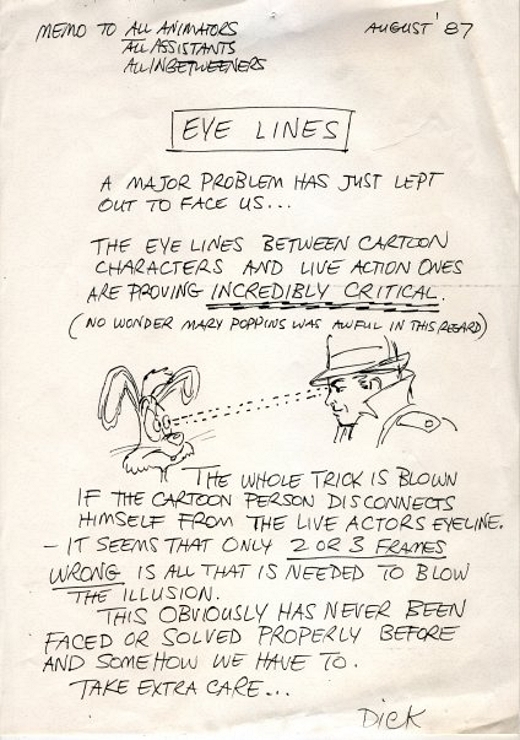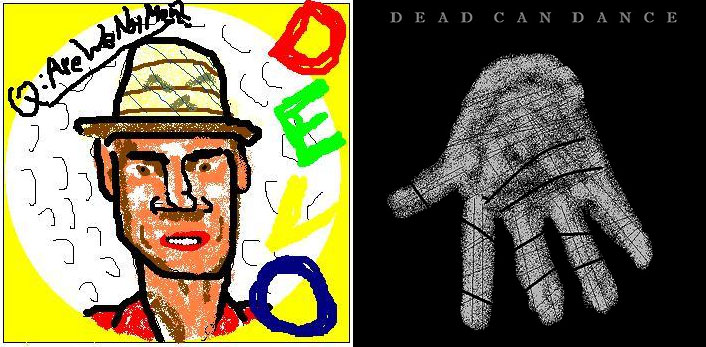Links and write-ups about beautiful things from around the web!
-
Visions of the Amen a Voice Responsive Kinetic
Visions of the Amen, a voice-responsive kinetic sculpture by artist Mitchell Chan (demonstrated in this video by soprano Ashleigh Semkiw). The software is written in Processing, the hardware is controlled by the ArtBus interface being developed at the School of the Art Institute of Chicago. Kind of like a real-world oscilloscope.
(Via Make)
-
Artifical Auroras
There’s lots of conspiracy theory nutjobs talking about the HAARP research project lately (even Hugo Chavez is throwing his hat in), so the allegations of death-ray and mind control weapons tinges this science news a bit, but there’s something kind of beautiful about being able to generate your own version of the aurora borealis:
Artificial auroras can be created using an array of high-frequency transmitters. Researchers have previously done this by pumping a 3.6-megawatt beam of radio waves into the ionosphere, a region of the atmosphere a few hundred kilometres above Earth’s surface. The beam was powerful enough to break electrons free of their parent atoms, creating an artificial aurora similar to that of the Northern Lights.
It’s certainly an unusual way to leave your mark on the world, and I presume it’s harmless, given that we’re being constantly bombarded by the same kind of energy raining down from space (right?). Just so long as they aren’t cutting their way into heaven a la Lord Asriel in The Golden Compass, I guess…
(Found in Nature, which cites research in Geophysical Research Letters, but I can’t find the cited article anywhere. Maybe it was pulled? Aha, a conspiracy!)
-
The Vast Majority of Americans Already Believe
The vast majority of Americans already believe that money buys results in Congress. This Court’s decision will only make that worse. […] Who could doubt that this will further distract Members of Congress from what their constituents want? And who could believe it won’t make Americans even more cynical about what Congress does? […]
The institutional integrity of Congress is already at a historical low. Less than one quarter of Americans have faith in this institution. Three times that have faith in the Supreme Court. If there’s such a thing as political bankruptcy, then Congress is bankrupt. More Americans likely supported the British Crown at the time of the revolution than support our Congress today.
From Lawrence Lessig’s Huffington Post article on this week’s SCOTUS decision. I don’t entirely agree with his view that money didn’t buy this outcome (it could easily be argued that money bought the folks who appointed the current crop of justices, an indirect effect that could be applied to anyone involved anywhere in the political machine), but he’s right on the money (so to speak) about how all of this affects our confidence in our elected representatives’ ethics and motivation. -
Scribble Junkies
Animators of note Bill Plympton and Patrick Smith have started a new blog where they can argue about animation, story telling, illustration, and whatever. An immediate add to my news reader!
-
From Maze Solving by Chemotactic Droplets in the

From Maze Solving by Chemotactic Droplets in the Journal of the American Chemical Society:
Droplets emitting surface-active chemicals exhibit chemotaxis toward low-pH regions. Such droplets are self-propelled and navigate through a complex maze to seek a source of acid placed at one of the maze’s exits. In doing so, the droplets find the shortest path through the maze.
I don’t generally understand materials science (or even much chemistry, for that matter), and this I really don’t get. How do it know?
-
Distúrbio De Déficit De Atenção by Ryotiras

-
NASA Titan moon-balloons to run on cloud fuel
NASA plans to send a hot-air-balloon type probe to Saturn’s moon, the only other known body in our solar system to have liquid “seas” on the surface. In order to keep the balloon from crashing into any rocky outcroppings, the team at the JPL has designed an oxygen-burning “rapid buoyancy modulation system” that’s pretty clever:
The lack of any free oxygen in the ice-moon’s air means that the patio gas oceans, clouds etc won’t normally catch fire. Thus NASA’s plan for Titanian hot-air ballooning would reverse the situation on Earth: Rather than burning a stream of patio-gas using oxygen in the air, the moon balloons will burn a stream of oxygen using methane from the surrounding clouds.
-
Richard Williams on Eye Lines in Animation

A note from famed animation director Richard Williams to his crew working on Who Framed Roger Rabbit? about the importance of the gaze between the toons and the live actors in establishing the believability of the scene. In matters of animation composition, this guy knows what he’s talking about: his Animator’s Survival Guide is a compelling read for artists of any stripe working with visual storytelling, and he’s also the man responsible for the great-but-famously-troubled production of The Thief and the Cobbler (if you’ve never seen it, fire up your favorite torrent client and look for Thief and the Cobbler: the Recobbled Cut – it’s a must-watch).
(Via Signal vs. Noise)
-
MS Paint Album Art Recreations

Album art recreated quickly for the Windows 3.1 era:
The drawings in this collection were made by various users in a discussion forum on the website www.foreverdoomed.com. Using MS Paint, and other rudimentary computer drawing programs, users attempted to recreate their favorite album covers and let others on the forum guess the band and title from the artwork. […] Some gave themselves a limit of five minutes to recreate the most recognizable essentials.
I sort of like these. I’d forgotten the subtle charm of MSPaint’s spraycan, though I’d always envied MacPaint’s patterns.
(Via Coudal Partners)
-
The GML Robotagger: Automated Calligraphy
GML (Graffiti Markup Language) drawings from 000000book.com are converted into DXF via a small Processing utility. Motion paths for a robot arm are developed from these DXF files using Rhino and MasterCam. The ABB IRB-4400 series arm is wielding a 2″ Montana Hardcore marker. Developed 11 January 2010 by Golan Levin and Jeremy Ficca in the CMU Digital Fabrication Laboratory (dFAB).
Concept: Evan Roth, F.A.T. Lab
Programming & Production: Golan Levin
Machining & Motion Planning: Jeremy FiccaCo-produced by the CMU STUDIO for Creative Inquiry and the CMU Digital Fabrication Laboratory, in cooperation with FAT Lab and 000000book.com. For more information please see http://www.flong.com/blog/archives/565.
The GML RoboTagger. Automated calligraphy via the Graffiti Markup Language and an industrial robot arm gripping a giant Sharpie or Montana Hardcore magic marker. Tele-tag.
There’s a bit more about the project on Golan Levin’s blog.
(Via fffff.at)
